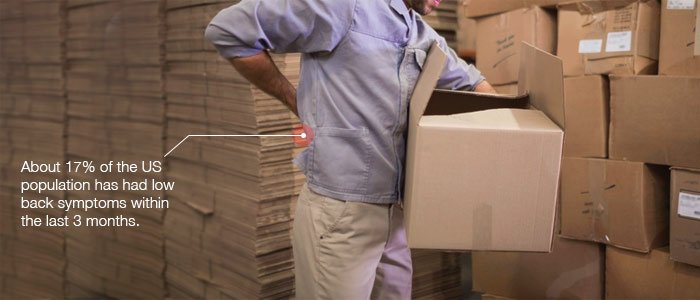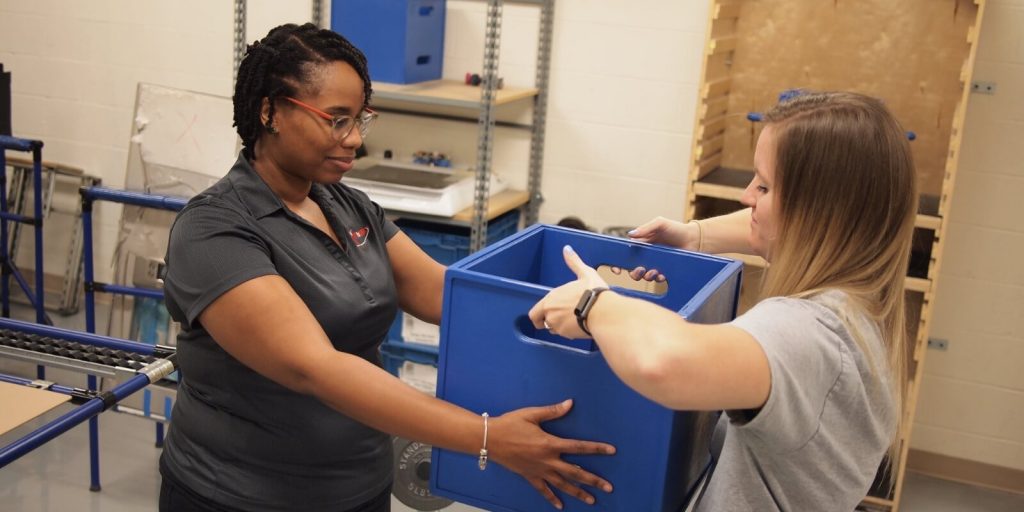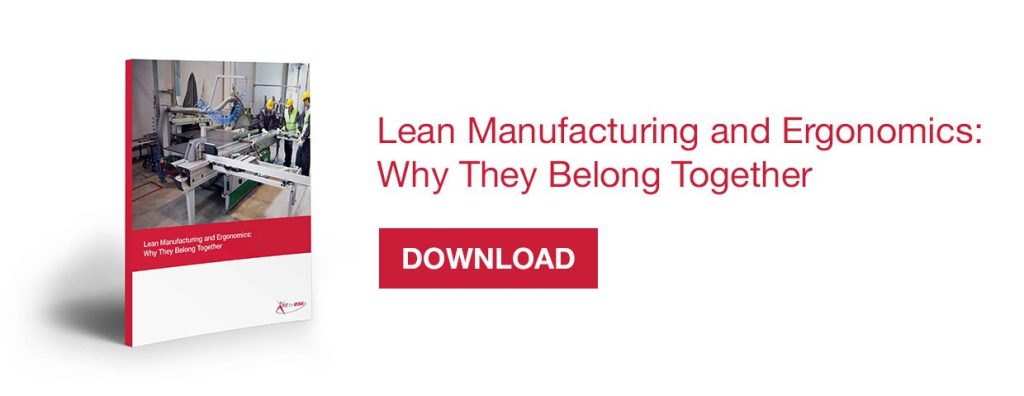Low back discomfort is one of the most common reasons that individuals visit a physician’s office. It has been estimated that 17% of the US population has had low back symptoms within the last 3 months. Back discomfort is felt by almost everyone at some point in their lifetime. This is not because the spine is a weak structure—as it is actually extremely strong and flexible, and is protected by about 10 different muscles. People also tend to that think that the discs are the source of all low back symptoms, when 85-95% of low back discomfort is actually from a nonspecific origin. A recent study showed that 36% of individuals with no discomfort or symptoms have herniated discs and upwards of 90% have degenerating or bulging discs. In other words, imaging that shows herniated, degenerative, or bulging discs is common and is usually not the cause of common low back discomfort. Here are a few other myths as well… MYTH Your back discomfort is due to wear and tear. EVIDENCE Changes found during x-ray are normally attributed to normal aging. MYTH An MRI will tell you the exact cause of your discomfort. EVIDENCE 85%-95% of the time, findings from an MRI are not at all related to you discomfort. It’s rare NOT to have findings on MRI even if you have NO symptoms. MYTH Your back pain is caused by your activities/work. EVIDENCE With any activity, if you utilize poor technique, you could have discomfort. Take care of your back by using correct techniques with all activities. MYTH You should stay away from activities/work until you are free of all symptoms. EVIDENCE It is not necessary to quit daily activities or remain off work. In fact, studies show continuing with daily routines, especially with advice from health care professionals is the most beneficial treatment. MYTH Golf is bad for your back. EVIDENCE Like work or other activities, with proper form and warm up, golf is actually a back healthy activity. Even though low back discomfort is very common, the good news is that it can improve in the first few weeks with proper management, guidance, and encouragement. Following guidelines more in line with biopsychosocial information and advice will be much more effective than the traditional biomedical education. Here’s the difference: The next time an employee (or you) has a common ailment like low back discomfort, just remember that, with proper guidance and advice, it will resolve soon. X-rays and MRI will not tell the whole story and may actually cause more harm and increased cost than hoped for.
Ouch! My Back Hurts!: Favorable Natural Course of Low Back Pain





